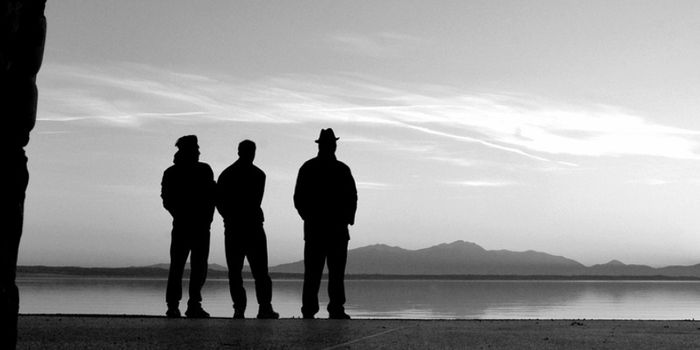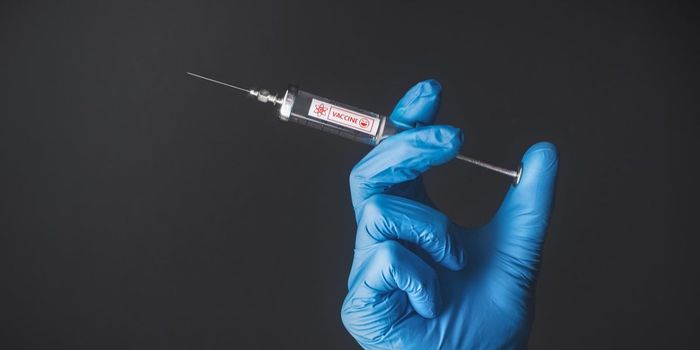Fan therapy proves to improve breathlessness in patients with advanced cancer
New research released from Johns Hopkins Kimmel Cancer Center suggests that the air from fans may help patients with advanced cancer who are experiencing breathlessness. The study was published recently in the journal JAMA Oncology and hopes to provide insight into potential non-pharmacological interventions for symptom relief.
"Breathlessness, or dyspnea, is a common and distressing symptom in patients with advanced cancer," says lead author Arjun Gupta, M.D., chief medical oncology fellow at the Johns Hopkins Kimmel Cancer Center. "Breathlessness can be associated with and made worse by accompanying anxiety, and can severely impact quality of life and exercise capacity. In patients with advanced cancer, treating the underlying cause of breathlessness (such as the cancer itself) may provide incomplete symptom relief or may not be feasible. In these scenarios, treating the symptom of breathlessness may be indicated. However, patients in this situation are often vulnerable with limited time to recover, and a question that comes up for clinicians is, are the potential benefits of this intervention likely to outweigh the harms?"
While pharmacological interventions such as opioids and other medications have limited impact on relieving dyspnea, according to the researchers, nonpharmacological interventions such as fan therapy and bilevel ventilation were associated with improved symptoms. To come to this conclusion, the research team systematically reviewed 29 randomized clinical trials of dyspnea in 2,423 adults with advanced cancer.
"Traditionally, in the ward, medications such as opioids and benzodiazepines are often used to treat breathlessness. However, we did not know how well they really worked in patients with advanced cancer. Some of the data were extrapolated from patients with other conditions such as lung and heart disease. Medications can also cause side effects such as drowsiness and constipation. Therefore, we performed a comprehensive review of interventions (both nonpharmacological and pharmacological) to improve breathlessness."

Their findings showed that fan therapy and bilevel ventilation provided relief from breathlessness from anywhere between several minutes to a few hours for hospitalized patients. The analysis also found that acupressure and reflexology, in addition to other multi-component interventions provided more lasting relief.
"We believe these data should catalyze a shift in how we approach and treat breathlessness, away from a medicalized approach using drugs, to a more comprehensive assessment and attempting nonpharmacologic interventions, such as fan therapy, first," Gupta says. "Clinical guidelines and practice should evolve to represent these novel findings."
Sources: JAMA Oncology, Eureka Alert








